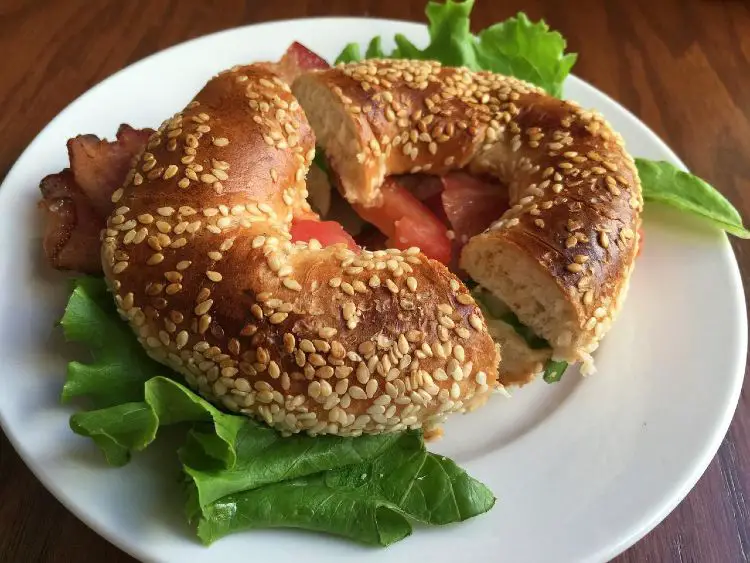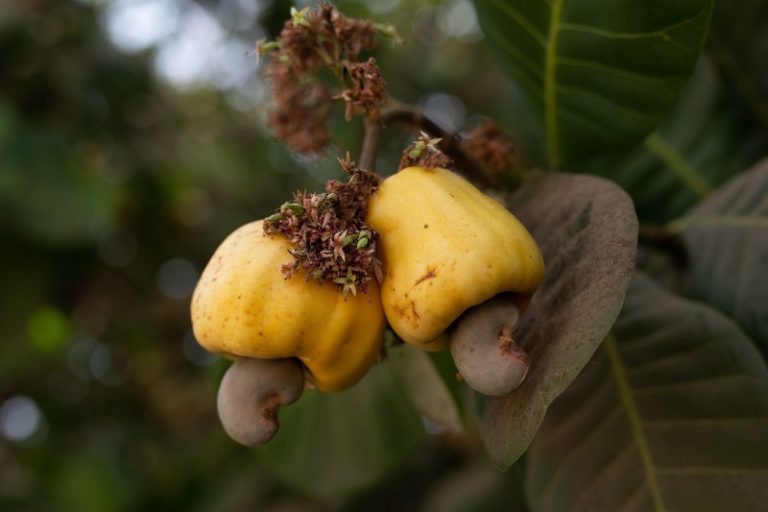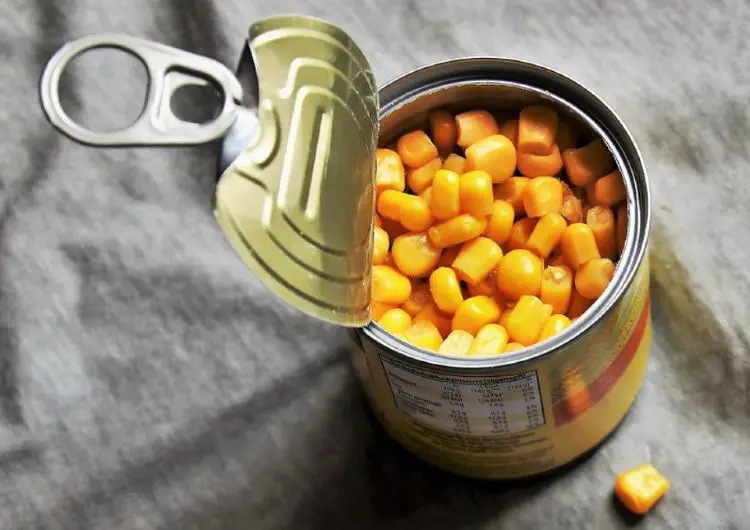Signe Johansen at Leiths School of Food and Wine
I am standing in the hallway of Leiths School of Food and Wine in Wendell Road, Chiswick, and there is a wooden glass case on the wall in front of me filled with old kitchen knives, peelers, a spoon and brushes. I read the inscription:
“These tools belonged to Elizabeth David CBE 1913-1992 presented to Prue Leith on sale of the cookery school in 1994 to Caroline Waldegrave, Principal and Managing Director since the school’s foundation in 1975”.
On another wall are the wooden placards with the glory roll call of the award winning alumni of Leiths inscribed to posterity, names that I recognise from cookery books, food magazines and newspaper restaurant columns. This is the cookery school mother ship, the alma mater of some of the world’s best chefs and top food and wine experts.
Some of the new, hopeful generation rush past me, their aprons and chef’s jackets splattered and stained, they are late for their morning lesson, arguing between them the finer points of puff pastry making, why their oven thermometer isn’t working and who is doing butchery and carving this afternoon. I feel as if I have come back to University, and I also feel very old.
There is quite a large group of us students in the upstairs cookery school, and we are now sitting in a semi-circle surrounding the demonstration bench of food writer and professional cook, Signe Johansen. She is busy whipping fresh cream, to make a vanilla flavoured filling for our Fastelavensboller, Scandinavian cardamom cream buns. Firstly, she shows us how to make the yeasted spelt buns, which she then cuts in half and stuffs with a thin layer of marzipan, topped with the fresh vanilla cream. She passes them round, and as we bite into their soft scrumptiousness, she laughs and defies us to take one bite without getting cream smeared over our face.
We learn that these treats are traditionally eaten in Scandinavia on Shrove Tuesday, instead of pancakes, to mark the start of Lent and the fasting period.
We then move on to the Gravlaks with a dill mustard sauce, and in front of her Signe has a huge salmon fillet. She grinds white peppercorns, coriander seeds, sugar, sea salt and dill in a pestle and mortar, and rubs the marinade all over the fish. She explains how important herbs and spices are in Scandinavian cookery, and how, because of the long cold winters, many Scandinavian recipes are flavoured, infused and seasoned with heartiness and vigour.
She is so blond, tall, slim, blue eyed and beautiful that it is hard to believe she has grafted her way through studying food anthropology, the Leith’s diploma, working in restaurants, teaching cookery classes at many different schools, setting up her own private catering business, creating a Blog, writing an acclaimed cookbook “The Secrets of Scandinavian Cooking-Scandilicious”, published by Saltyard in May, and is now well underway to starting cookbook number two all about Scandinavian baking. I guess being a supermodel would just not satisfy a foodie brain that active.
Signe Johansen’s father is Norwegian and her mother American, and the main influences in her cooking life have been both her grandmothers. She has been inspired by the works of Fanny Farmer, the American food writer, and now that she lives in Bloomsbury, with her literary agent boyfriend Tom Williams (www.williams-agency.co.uk), she told me she loves the Ottolenghi cookbooks and she is also inspired by the Danish chef Trina Hahnemann.
While the Gravlaks is cling filmed and put away to cure, the fruit of the forest and star anise sorbet is being made, and alongside a cinnamon and lemon star anise sugar syrup there is an array of beautiful, jewel coloured berries in front of us, everything lined up in mise en place trays, labelled and measured.
The manager of the upstairs cookery school, Andrea Hamilton, has the workshop classroom organised with military precision. The students are divided into groups, and on all the work benches our ingredients are weighed and measured for us, all the tools and utensils set out on shelves round the edges of the rooms, and there is also a communal work bench at the back with tupperware containers filled with vanilla salt, spices, baking powder, dry kitchen bay and extra ingredients.
We all work together to produce sweet and crispy rye granola, a really delicious topping for yoghurts and puddings, containing brown sugar, coconut oil, dark rye bread in crumbs and cinnamon. We roast asparagus for our starters and then melt Vasterbotten cheese on top. This is a famous salty cheese from Denmark, quite similar to Parmiggiano Reggiano.We make a Drommekage, a Danish coconut dream cake, which has the most fluffy, soft sponge base, topped with a toffee-like butter, coconut and dark sugar “dream” of an icing. We also make a Bergensk fiskesuppe, or Bergen fish chowder, which is made with a very flavoursome fish stock, salmon, pollock, scallops and prawns. The brandy and the cream that are added give the soup a wonderfully aromatic, deep, rich flavour.
Throughout the preparations Signe wanders round each of the work benches, talking to all the students, making sure that everyone understands the process of what they are doing, answering questions and getting to know everyone. She is very relaxed and informal in her approach, telling us that “It does not dent your culinary credentials if you buy some of the ingredients ready-made”, when one of the students asks her whether she makes her own marzipan.
We learned a great deal about the competitive spirit of the Norwegians, Finnish, Danish and Swedish cooks, who sometimes have one recipe, which they all call by four different names, and change the methodology or ingredients just slightly, so as to lay nationalistic claim to that particular dish. She gave us helpful hints and tips: when you buy your salmon fillet for Gravlax, if you are not absolutely sure of its freshness, freeze it first, then thaw it, to ensure that the bacteria are killed; there are so many health benefits to using coconut oil, a Gaggia ice-cream maker is her first choice for home made sorbets and ice-creams and make sure your cream is very cold if you are trying to whisk it to a firm consistency.
As we sit at our rectangular dining table, enjoying a glass (or two) of the Scandinavian Bloody Mary that Signe has made with horseradish sauce, Aquavit, dill, Tabasco and lemon, all the students are swapping e-mail addresses and phone numbers, we have all had such a wonderful day together we do not want to lose contact. Behind us the kitchen porters, Elizabeth and Clarke, are washing small mountains of pots, pans and utensils in sinks frothing with washing up bubbles and hot water, whilst Andrea is making sure that everyone has wine and plenty of food.
Signe is diligently signing copies of her book, not just with a hurried signature, but, slowly, writing a personal message of thanks and good luck to each person. Back out into the hallway we are all amazed at how quickly the day has passed, how much we have learned, how useful the recipe packs are going to be for future dinner parties. We are all bitten by the Nordic cookery bug. This is simple, fragrant, fresh food that pays homage to land, sea and sky with visceral pleasure and respect. Noma is the crowned king of world class cooking, and a new generation of Vikings is ruling the new foodie landscape. Signe Johansen is a gentle and thoughtful interpreter of traditional Scandinavian food and creator of new, modern ideas and styles within the genre. Her voice, we are all sure, will be a touchstone reference point for Nordic food lovers for many years to come.
Contact Details
Signe Johansen’s website: www.signejohansen.com
Follow Signe on Twitter: @scandilicious
Leiths School of Food and Wine’s website: www.leiths.com
Address:
16-20 Wendell Road, London W12 9RT
Telephone:
020 8749 6400


